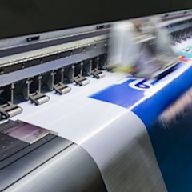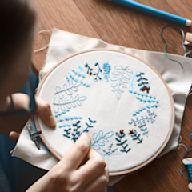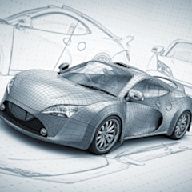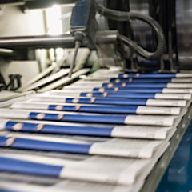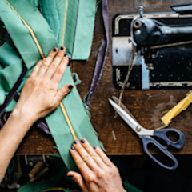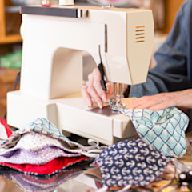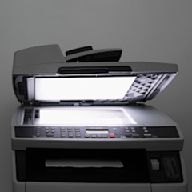Search results
Discover more placesNear Columbus, OH
Refine results for Printing Services
Related businesses
People also ask
What is silk screen printing?
Where did silkscreen printing come from?
How do you make a silkscreen print?
Why is silkscreen printing so popular?
Learn what silkscreen printing is, how it works, and why it is popular for various materials and designs. Find out the advantages and challenges of this traditional printing method and how to choose the best screen printer for your needs.
Jun 30, 2023 · Learn the basics of silk screen printing, a method of printing that involves transferring ink through a mesh screen onto a substrate. Find out the history, materials, and steps of silk screen printing, as well as its applications for apparel, signage, packaging, and fine art.
- Step 1: Design Is Created
- Step 2: The screen Is Prepared
- Step 3: The Emulsion Is Exposed
- Step 4: The Emulsion Is Washed Off, Creating A Stencil
- Step 5: The Item Is Prepared For Print
- Step 6: The Ink Is Pressed Through The screen onto The Surface
- Step 7: The Product Is Dried
- GeneratedCaptionsTabForHeroSec
Of course, you need a design to begin with. So, for starters, the user takes up the design he wants to create a finished product. The design is analyzed by checking different color palettes and printed out on a transparent acetate film. This design shall further be used to create a stencil.
In the next step, the printing screen is decided. The choice of the screen depends on a lot of factors including the complexity of the design, the texture of the fabric and so on. The user then analyzes different screens and mesh countand chooses a mesh screen for its purpose. In the second step, the mesh screenis coated with a layer of light react...
In the next step, the acetate sheer prepared is laid onto the emulsion coated screen and the entire setup is exposed to bright light. The exposure of light hardens the emulsion. However, the parts of the screen covered by the design are left in the liquid state. If the final product involves the use of multiple colors, a separate screen is prepared...
After the exposure of the screen for a definite period of time, the areas of the screen not covered by the design turn hard. Any unhardened emulsion is rinsed away to leave a clear imprint behind on the screen. The prepared screen is left to dry. While the screen dries, the user takes up corrections or necessary touch-ups to create an impeccable im...
The prepared screen is placed accurately on the printing press. The fabric or paper being printed is laid down onto the printing board underneath the screen. Now, here the choice of printer plays a critical role in designing the outcome. You can either use a manual printer or an automatic one. However, the favored printer is an automatic rotary car...
The screen is finally lowered down on the printing board or surface. The printing ink is added from the top end of the screen and a squeege is used to pull the ink along the entire screen surface. This further press the ink through the open areas of stencil imprinting the design on the surface. Once all the bespoke tshirts and other printed imageit...
The screen printed product is dried by passing through a dryer to create a smooth finish. You see, with right printing suppliesand knowledge, printing on fabricis this easy! We hope this screen printing overview was a useful read and will help you start printingwith relative ease. For more such DTG printing and printing industryupdates, stay tuned ...
Learn the basics of silk screen printing, a process of transferring a stenciled design onto a flat surface with ink and a mesh screen. Find out the steps, tools, and tips to create your own custom tshirts and other products with screen printing.
Learn how to create your own silk screen printing designs and transfer them onto various surfaces with this step-by-step guide. From preparing the design and screens to printing and troubleshooting, this web page covers the basics and tips of silk screen printing.
Learn about silkscreen, a stenciling technique for surface printing, from Britannica. Find out how it was developed, how it works, and who used it in art and advertising.

